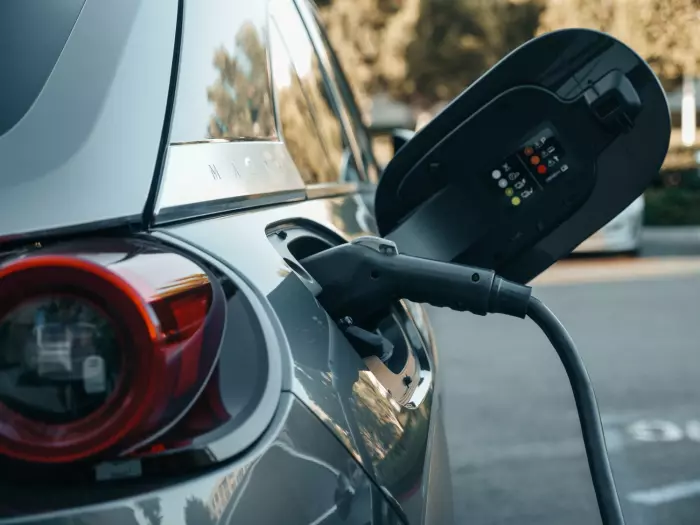More than 25,000 new electric-powered cars hit the road last year, putting New Zealand well on its way to upgrading its fleet with shiny new electric, low emission vehicles.
That’s a 94% increase on the 12,997 sold during 2020, and the most vehicles sold with some form of electric power.
Sales were helped along by government’s clean car rebate scheme for low emission vehicles of as much as $8,625 a car which kicked in last July.
Of that, 6,897 were pure battery-driven electric vehicles (EVs), more than the combined total EV sales over the prior five years, according to Motor Industry Association (MIA) data.
That, in turn, translated to a 4.7% reduction in greenhouse gas emissions (GHG) from new vehicles sold, which MIA said is the largest annual drop since it started collecting data 15 years ago.
MIA chief executive David Crawford said while that's impressive, he warns it’s not a fast enough transition to swerve out of the way of the government’s looming clean car standard penalties – due to come on stream next year.
Crawford said while reduced greenhouse gases were positive, targets under the Land Transport (Clean Vehicles) Amendment Bill set the bar closer to a 10% reduction for 2021.
That should serve as a signal of the “severity” of the targets and resulting penalties under the bill, now at its second and third readings in the House.
And, he said, NZ is already falling behind those targets and will continue to do so despite best efforts by importers and car manufacturers.
“Failing to meet the targets means prices for vehicles will increase to offset the penalties faced by new vehicle importers.”
Road users for EVs?
In the meantime, and with a view to recouping what will be an inevitable decline in fuel excise duties which amounted to $2.1 billion last year, the Ministry of Transport (MOT) is proposing changes to the road user charges (RUC) system.
That could see EV owners start paying when the exemption for EVs ends in two years.
Under the current system, RUC applies to vehicles using fuels other than petrol or larger than 3.5 tonnes.
Last year, there were an estimated 800,000 light vehicles which contributed $800 million in RUC fees, while another 190,000 heavy vehicles contributed about $1.1b under the system, according to MOT figures.
Under current settings, light EVs will remain exempt until Mar 31, 2024, which will save their owners an average of about $800 annually.
In its consultation proposals, MOT is suggesting the possibility of applying RUC to light EVs and electric motorbikes, based on distance travelled.
Priorities
The proposals will also consider how to ensure the transport agency and police are able to administer and enforce fees on EV owners, as well as cover costs related to congestion, noise and GHG emissions.
Nick Leggett, chief executive of Ia Ara Aotearoa Transporting NZ, said while the advocacy group supported moves to reduce costs and simplify compliance, there were concerns as to the ministry’s stated intention to “address wider government priorities and not focus solely on recovering direct costs”.
He said that threw up the question as to what road users will be asked to pay for in future.
“Money is already being taken away from roads to support rail, so we are cautious of theft by stealth, from a sector that is critical to the economic health of NZ.”
Under the RUC amendment process, new RUC act amendments will come into effect from late 2023.














